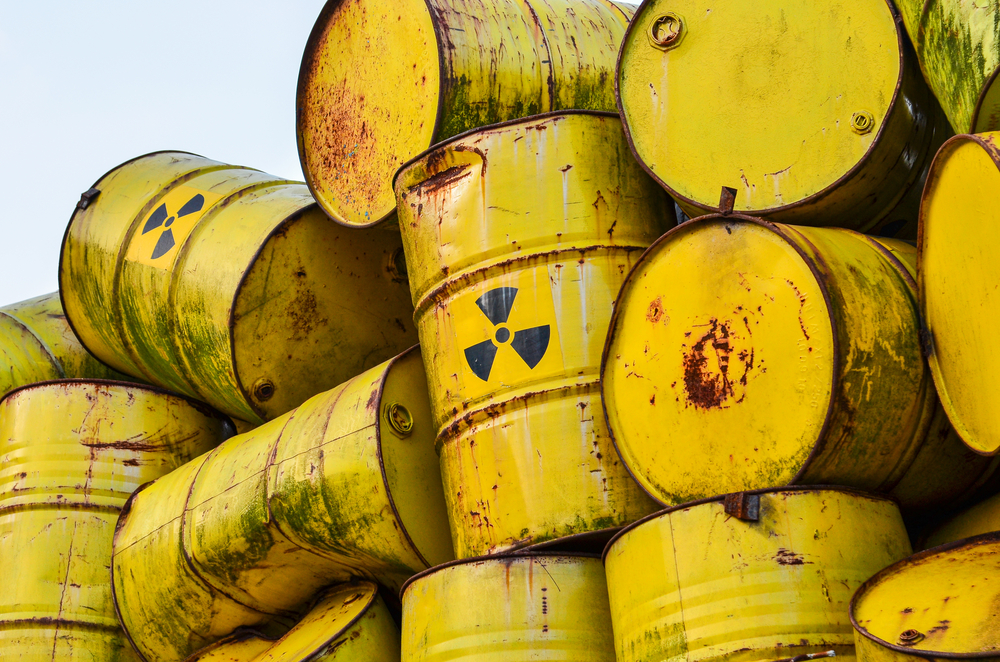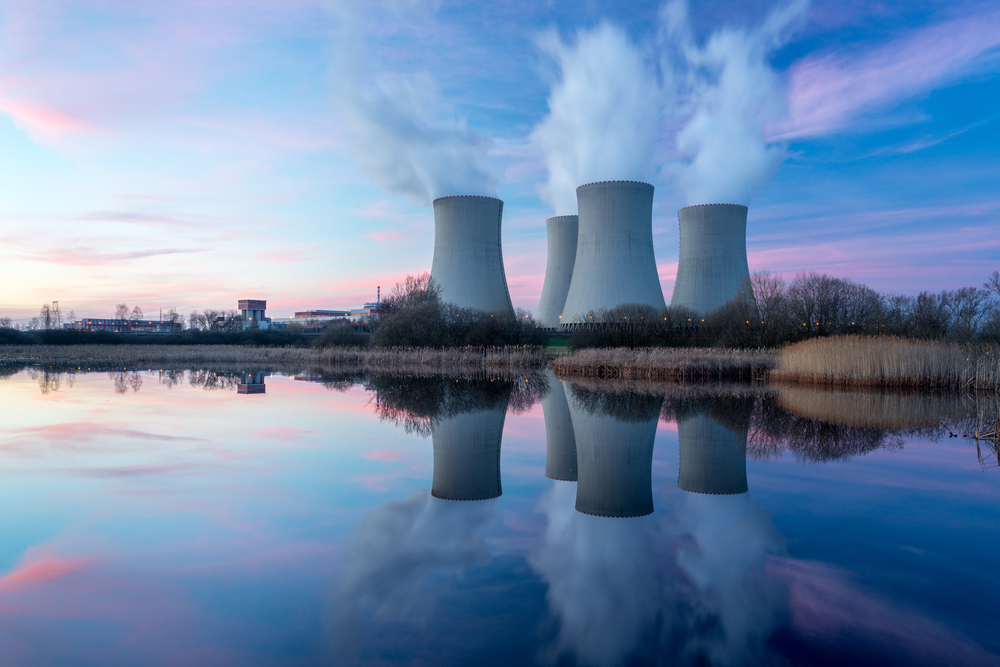Nuclear power is a controversial topic. Although not as environmentally beneficial as solar or wind power it is far better for the environment than traditional power sources like coal, unless there is a nuclear disaster like that of the Chernobyl disaster in 1986. However, even if you can be certain that disasters of that magnitude will never happen again, nuclear still has considerable issues. One of the biggest is that of depleted uranium (DU).
Depleted uranium is a radioactive substance that is left over when nuclear energy is created. It is a highly toxic substance that can lead to numerous health issues if ingested including kidney failure and is a potential cause of cancer. DU is often stored in large containers as it can not be removed from the environment. It has also been used in the manufacturing of weapons. While it is a positive thing that this chemical could be re-purposed, there have been numerous cases of countries where DU weapons were used showing high rates of birth defects, child leukemia and more.
Properly disposing of this material is difficult and dangerous. This is why a new discovery may be an incredible solution for the future of nuclear power and the back stock of depleted uranium we have. Scientists have discovered that DU can be transformed in a component in creating useful commodity chemicals.
Researchers have successfully transformed ethylene (an alkene to make plastics) into ethane (an alkane to make a wide variety of things including ethanol). Depleted uranium was a key ingredient in the catalyst. This work is a considerable discovery as it may mean an answer to the vast stores of depleted uranium already in existence as well possibly meaning that nuclear power could be a more viable solution for the future.
Converting ethylene to ethane is not a new discovery but with uranium now as a key ingredient we can start to look at the chemical compound as a useful substance not a terrifying waste material. This is the first time that anyone has ever thought of using depleted uranium in this way.
The discovery has found a fantastic new use for what was previously seen as a dangerous and useless substance. The study also shows that there are solutions to the environmental predicament we find ourselves in. Humanity is facing one of its toughest challenges and while we have already done a lot of damage, the best minds in the world are working on ways to ensure that future civilizations can live in a healthy world. This discovery means we are one step further in the right direction.









